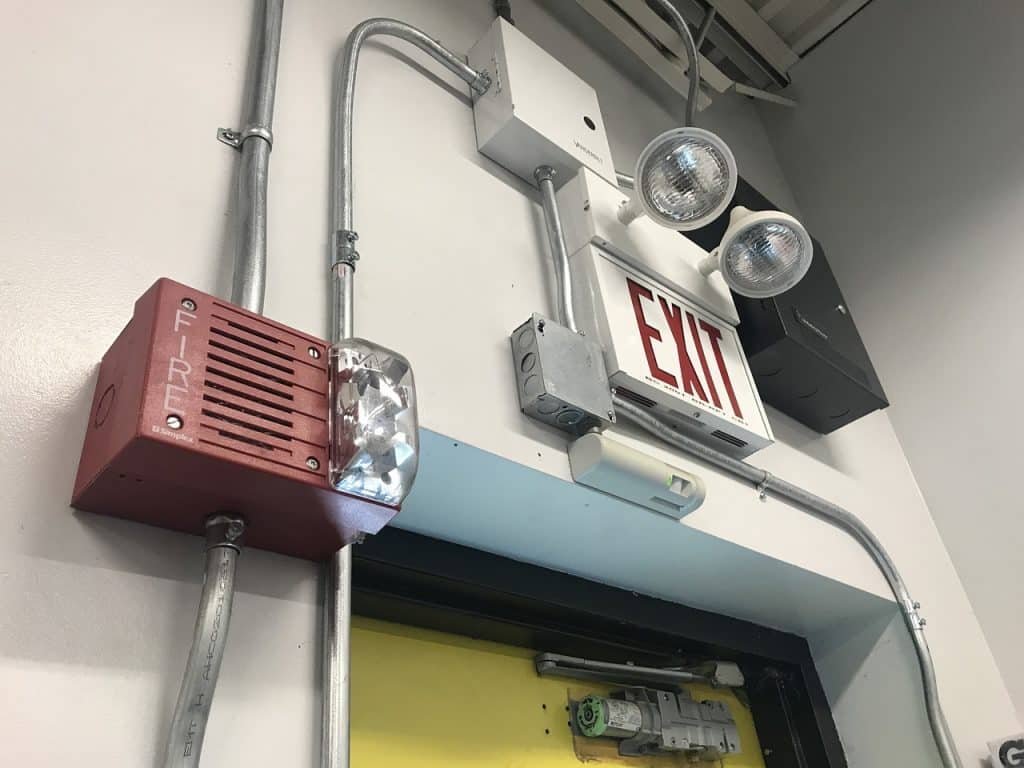Fire emergencies are unpredictable and can occur anywhere, at any time, placing lives and property at risk. Therefore, having a well-thought-out fire escape plan is vital for ensuring the safety of occupants in homes, businesses, and other facilities. In this comprehensive guide, we’ll provide detailed guidance on creating and implementing a fire escape plan, emphasizing the critical importance of preparedness and swift evacuation in the event of a fire.
Understanding the Importance of a Fire Escape Plan: A fire escape plan serves as a crucial blueprint for safely evacuating a building during a fire emergency. By outlining clear evacuation routes, assigning responsibilities, and practising drills regularly, occupants can respond swiftly and efficiently, minimizing the risk of injuries and fatalities. Whether in a residential setting, workplace, or public venue, a well-developed fire escape plan is essential for maintaining calm, orderly evacuation procedures and saving lives.
Developing a Fire Escape Plan:
- Identify Escape Routes: Begin by conducting a thorough assessment of the building’s layout and identifying primary and secondary escape routes from each room or area. Consider all possible exits, including doors, windows, stairwells, and emergency exits. Ensure that escape routes are unobstructed, well-lit, and easily accessible to all occupants, including those with mobility limitations.
- Assign Responsibilities: Assign specific roles and responsibilities to occupants to ensure a coordinated and organized evacuation. Designate individuals to assist children, elderly residents, or individuals with disabilities, and ensure that everyone knows their role in the event of a fire. Clearly communicate the importance of following evacuation procedures and staying together as a group.
- Practice Evacuation Drills: Regularly conduct fire drills to practice the fire escape plan with all occupants. Schedule drills during different times of the day and simulate various scenarios, such as blocked exits or power outages, to prepare for real-life emergencies. Encourage active participation from everyone and provide guidance on proper evacuation techniques, such as crawling low under smoke and feeling doors for heat before opening them.
- Test Smoke Alarms: Smoke alarms are essential early warning devices that can alert occupants to the presence of fire and smoke. Ensure that smoke alarms are installed in key locations throughout the building, including bedrooms, hallways, and common areas, and regularly test them to ensure they are functioning correctly. Replace batteries as needed and consider installing interconnected smoke alarms that trigger all alarms in the building when activated.
- Review and Update Regularly: Periodically review and update the fire escape plan to account for changes in occupancy, building layout, or emergency procedures. Incorporate feedback from drills and real-life incidents to identify areas for improvement and make necessary adjustments. Communicate any updates to all occupants and ensure that everyone is familiar with the latest evacuation procedures.
Emphasizing Swift Evacuation:
During a fire emergency, every second counts, and swift evacuation is essential for ensuring the safety of everyone in the building. Emphasize the following points to all occupants:
- Leave the building immediately upon hearing the fire alarm or discovering a fire, closing doors behind you to slow the spread of smoke and flames.
- If smoke is present, stay low to the ground where the air is cleaner and crawl to the nearest exit. Cover your mouth and nose with a cloth to prevent inhalation of smoke.
- Never use elevators during a fire emergency, as they may become inoperative or trap occupants between floors. Use stairwells instead and proceed calmly but quickly to the nearest exit.
- If unable to evacuate due to smoke or fire blocking your path, close all doors between you and the fire, seal gaps around doors and vents with towels or clothing to prevent smoke from entering, and signal for help from a window using a flashlight or waving a bright-coloured cloth.
In conclusion, creating a comprehensive fire escape plan is a proactive measure that can save lives and minimize property damage in the event of a fire emergency. By developing a plan, practicing evacuation drills regularly, and emphasizing the importance of swift evacuation, occupants can effectively respond to fire incidents and ensure their safety. Remember, preparedness is key, and investing time and effort in creating a thorough fire escape plan can make all the difference in protecting yourself, your loved ones, and others in your community from the dangers of fire.
For expert advice on fire protection and prevention, contact Martyn Young Fireproofing Consultancy today on 07585 896648


